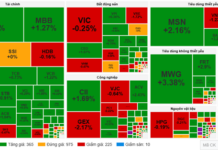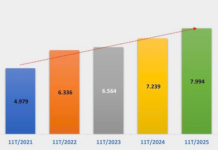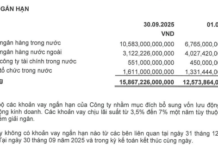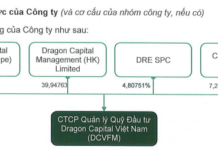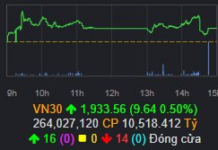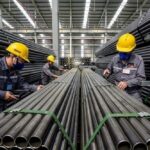
A little-known metal called antimony has surged 300% this year, outpacing gold, silver, and even Bitcoin. This critical metal, used in military applications and hi-tech industries, has seen its price skyrocket from $11,000 per tonne to over $40,000 per tonne, with expectations of reaching $50,000 per tonne by 2025.
The surge in antimony’s price can be attributed to a combination of factors, most notably the decision by China to cut off supply to the US this summer. As a result, the West has embarked on a $100 billion spending spree to replenish its weapon stocks, including missiles, artillery shells, bullets, and armored vehicles – all of which contain antimony.
With the West almost entirely dependent on China for antimony supply, governments are now scrambling to secure alternative sources. This has led to a rush of funding towards companies with antimony assets, such as Australia’s Larvotto, which boasts the country’s largest antimony mine and the “golden” Hillgrove project. Larvotto’s stock has skyrocketed by nearly 600% since the start of 2024.
Another company poised to benefit from this trend is Military Metals Corp, which has acquired two of the world’s top ten antimony projects and is rapidly bringing a new antimony mine online. One of their most significant acquisitions is the Trojarova project in Slovakia, a Cold War-era mine estimated to contain nearly 70,000 tonnes of antimony, worth approximately $2 billion at current prices.
The importance of antimony cannot be overstated, especially in the current geopolitical climate. With NATO countries spending billions to replenish their depleted weapon stocks, demand for antimony is at an all-time high. Military Metals is not putting all its eggs in one basket, though. They are also making moves in North America, with the renowned West Gore antimony mine in Nova Scotia, Canada.
While Military Metals is currently valued at just $12 million, their new operations in Slovakia are valued at $2 billion in-ground resources at current antimony prices, not to mention the potential of the West Gore mine in Canada. With the ongoing geopolitical tensions and the increasing demand for antimony, the company is well-positioned for significant growth.
As of September 15, China has tightened its control over the purchase, sale, and export of antimony and its products. China holds 32% of the world’s antimony reserves and produces 48% of the global supply, far surpassing Tajikistan, the second-largest producer, at 25%.
Antimony, a metalloid with both metallic and non-metallic properties, has been used by humans for various purposes since ancient times. Today, antimony is primarily used as a flame retardant, with half of the world’s consumption in 2023 going towards this application. It is also used in the production of photovoltaic glass to improve the efficiency of solar panels and batteries. Antimony is even found in military night-vision goggles, armor-piercing bullets, infrared missiles, and nuclear weapons.


